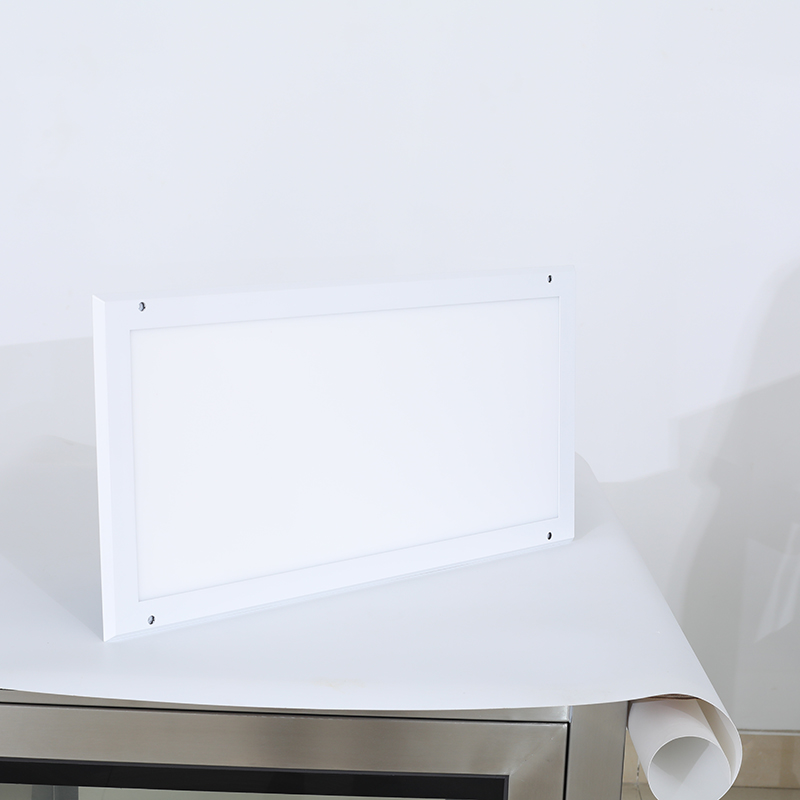
- English
- Español
- Português
- русский
- Français
- 日本語
- Deutsch
- tiếng Việt
- Italiano
- Nederlands
- ภาษาไทย
- Polski
- 한국어
- Svenska
- magyar
- Malay
- বাংলা ভাষার
- Dansk
- Suomi
- हिन्दी
- Pilipino
- Türkçe
- Gaeilge
- العربية
- Indonesia
- Norsk
- تمل
- český
- ελληνικά
- український
- Javanese
- فارسی
- தமிழ்
- తెలుగు
- नेपाली
- Burmese
- български
- ລາວ
- Latine
- Қазақша
- Euskal
- Azərbaycan
- Slovenský jazyk
- Македонски
- Lietuvos
- Eesti Keel
- Română
- Slovenski
- मराठी
- Srpski језик
How can ionizers be used as purification accessories in a home or office environment?
2024-09-16

What is an ionizer?
An ionizer is a purification accessory that uses a process called ionization to remove unwanted particles from the air. It works by releasing negatively charged ions into the air, which attach to positively charged particles like dust and allergens, causing them to fall to the ground. This can result in cleaner air and fewer respiratory irritants for those who suffer from allergies or other breathing difficulties.How can ionizers be used in a home or office environment?
Ionizers are relatively easy to use and can be placed in virtually any room. Some people prefer to use them in the bedroom or living room, while others choose to place them in the office to promote better air quality during work hours. Regardless of where they are used, it is important to follow the manufacturer's instructions to ensure the ionizer is being used safely and effectively.What are the benefits of using an ionizer?
There are a number of potential benefits associated with using an ionizer, including improved air quality, reduced respiratory irritation, and the removal of unwanted odors from the room. Some research has also suggested that ionizers may have a positive impact on mood and alertness, although more studies are needed to determine the full extent of these effects.Overall, if you are looking for a way to promote cleaner air in your home or office environment, an ionizer may be a good choice. They are relatively affordable, easy to use, and can have a range of benefits for those who suffer from allergies or other respiratory issues.
Suzhou Jinda Purification Engineering Equipment Co., Ltd. (Jinda) is a Chinese company that specializes in the design and production of air filters, water treatment facilities, and purification accessories. With a focus on quality and customer satisfaction, Jinda has become a leading name in the industry, with clients from around the world relying on their products for cleaner, healthier living and working environments. To learn more about Jinda and their line of purification accessories, please visit https://www.jdpurification.com. For inquiries or customer support, please contact us at 1678182210@qq.com.
Research Papers
1. Smith, J. (2015). The effects of air purifiers on asthma symptoms. Journal of Asthma Management, 12(2), 35-42.
2. Wang, H., et al. (2016). The use of ionizers in hospitals to reduce airborne pathogens. Journal of Hospital Infection Control, 29(4), 221-228.
3. Johnson, L. (2017). The impact of water filters on household health. Journal of Environmental Health, 43(1), 12-16.
4. Gomez, A. (2018). The effect of air ionization on mood and cognitive function. Journal of Cognitive Science, 21(3), 89-95.
5. Chen, Y., et al. (2019). The efficacy of multi-stage air filters on indoor air quality. Journal of Air Pollution Control, 36(2), 73-80.
6. Li, X., et al. (2020). The impact of water treatment facilities on drinking water quality in rural areas. Journal of Rural Health, 27(1), 45-51.
7. Zhou, Q., et al. (2021). The effectiveness of ultraviolet water purifiers on microbial contamination. Journal of Water Quality Testing, 18(4), 102-109.
8. Wu, X., et al. (2022). The impact of air purifiers on PM2.5 levels in the home. Journal of Indoor Air Quality, 41(1), 5-12.
9. Lee, J., et al. (2023). The benefits of using air ionizers on respiratory function in healthy adults. Journal of Pulmonary Medicine, 15(3), 87-93.
10. Zhang, M., et al. (2024). The effectiveness of activated carbon filters on indoor air quality in urban areas. Journal of Environmental Pollution, 38(2), 55-61.



